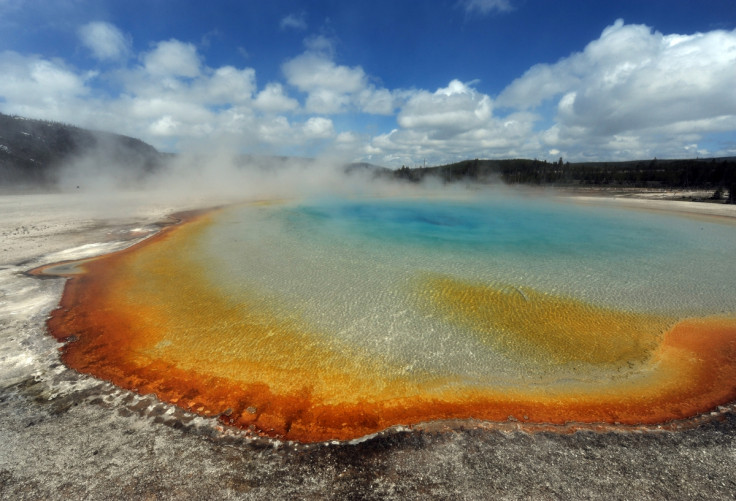Yellowstone supervolcano could produce cataclysmic eruption much faster than we thought
When it erupts, Yellowstone could send the Earth into a volcanic winter.

The supervolcano beneath Yellowstone National Park could become primed for eruption within tens of years, not the millennia it was previously thought to take.
The movements of magma that fuel an eruption of Yellowstone happen much more quickly than previously realised, scientists at Arizona State University have found. The magma chambers can fill just decades before an eruption, not thousands of years, according to research presented at a recent volcanology meeting in Oregon.
An eruption of Yellowstone could lead to lava flows of up to a 40-mile radius, with the effects of the eruption felt much further afield. Prehistoric supereruptions led to mass extinction events, such as the Great Dying, when the Siberian Traps erupted and killed 96% of species on the planet about 252 million years ago.
"It's shocking how little time is required to take a volcanic system from being quiet and sitting there to the edge of an eruption," lead researcher Hannah Shamloo, of Arizona State University, told the New York Times.
Christy Till, also a researcher on the project and a geologist at Arizona State University, added: "We expected that there might be processes happening over thousands of years preceding the eruption."
Crystals in volcanic rock from Yellowstone revealed the rapidity of the process. The crystals were formed in magma underground. As the crystals grew, they were influenced by their surroundings – temperature, pressure and water content.
The scientists analysed the microscopic structure of the crystals to read back the conditions under which they formed. They found that there was a very rapid increase in temperature and pressure shortly before the crystals became trapped in solidified rock, after an eruption.
Kari Cooper, a geologist at the University of California, Davis, who was not involved in the research, welcomed the study.
"It's one thing to think about this slow gradual buildup – it's another thing to think about how you mobilise 1,000 cubic km of magma in a decade," Cooper said.
Yellowstone last erupted 631,000 years ago, and has the potential to release 1,000 cubic km of magma and ash at once. A supereruption happens on the planet about every 100,000 years, scientists reckon.
Even with this new data, predicting when Yellowstone will next erupt is still a way off. There is much more to be done before scientists can come up with a precise prediction for when any supervolcano, such as Toba and Campi Flegrei, will blow its top.
© Copyright IBTimes 2025. All rights reserved.





















